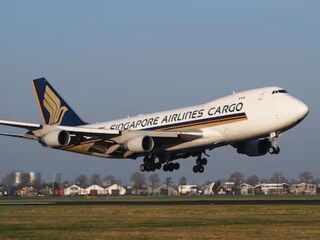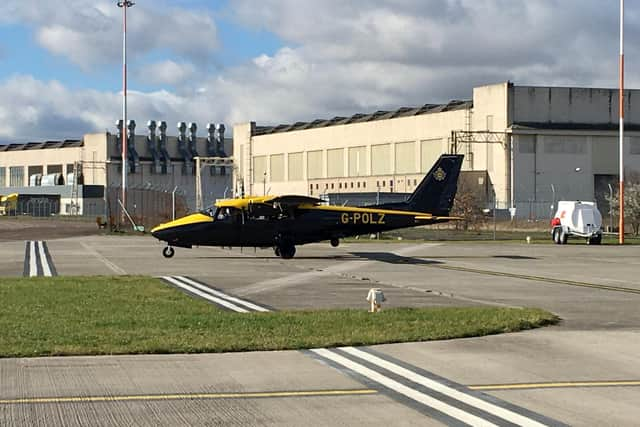Hamilton-based aeronautical engineers have designed a special aeroplane to fight the impact of climate change.
The new aircraft, which cost over $10 million and took seven years to develop, can be used for controlling wildfires or plagues of locusts, rain-making in drought-stricken areas, and measuring greenhouse gas emissions.
The SuperPac XSTOL (Extremely Short Take-Off and Landing) aircraft has a capacity for up to nine passengers or 2000kg cargo and does not require a sealed runway which means it is capable of taking off in as little as 200 metres and landing on a wide variety of rugged terrains.
It is manufactured by NZAero, previously known as NZSkydive, at a five-hectare site near Hamilton Airport which was first used by the RNZAF in 1942.
NZAero CEO Stephen Burrows said the company knew the effect of climate change was accelerating across the world.

“It is now more devastating to human health, economies and the environment than ever before. Increasingly the fight against its impact is being fought by nations around the world from the skies,” Burrows said.
“In the case of wildfires, historically the focus has been on using larger aircraft to deliver payloads of fire retardant across a wider area.”
Burrows said this meant that by the time a forest fire was identified and an aircraft outfitted and relocated, the fire was already well-established.
“[Our] smaller aircraft requires less training to fly and less time to refuel and take on more retardant. It can also climb to altitude significantly faster and requires a landing strip that is a fraction of the length of larger planes – but is still capable of dispersing a 2,500-litre payload across 12,330 square metres of forest in 10 seconds,” he says.
“Under this model, wildfires can be brought under control while they are still relatively small.”

The SuperPac XSTOL will be sold into 28 countries, including some in Africa, with the United Nations World Food Programme.
Closer to home, the aircraft also plays a vital role in the Pacific Islands, where it is used for missions including medivac transports, humanitarian aid and disaster relief.
Burrows says the aircraft is also designed to be used for other missions, including pollution control and geophysical surveying.
“The planes can now be equipped with Lidar, which scientists are using to map New Zealand in 3D to help with flood modelling, measuring post-climatic event land movements, as well as identifying the optimal location for forestry tracks, rail and our power industry.
“This equipment is also used by researchers in other nations to detect the remains of ancient civilisations.”
Burrows said the local production of the SuperPac is also set to be a multi-million dollar boost for New Zealand’s aviation sector exports.
“New Zealand’s commercial aircraft manufacturing industry is relatively small by world standards but to date over 700 aircraft have been produced at our facility and the new model can trace its lineage back 70 years.
“We expect to manufacture five of this [new] model for our international customer base in 2024.”
Burrows says the business has the potential to grow this number to 12 aircraft per year.
“We also received inquiries from firefighters… for the purchase of up to 30 aircraft.”
Stay up to date with the Waikato Herald
Get the latest Waikato headlines straight to your inbox Monday to Saturday. Register for free today – click here and choose Local News.







0 Comments